FIFTEENTH WEEK
This week will be devoted to the mastery of the Surya Namaskar. It will be quite hectic at the outset, especially to synchronise breathing with the postures. But it will be worth the effort. It is an amazing combination of postures for perfect health.
Surya Namaskar stimulates almost every system in our body – the cardiovascular system because it makes the heart stronger, the digestive system as well as the nervous system. It also improves the functioning of the endocrine glands like the thyroid, parathyroid and pituitary glands.
Head stand comes as a blessing from the blue. There is reduced pressure on the veins. The shoulder stand, head stand and inverse postures should be regularly practiced, if not daily. In these postures the blood flows back to the heart with less effort. It will be a great relief to the blood vessels and their owner! These postures give the most astounding results. The fragile blood vessels are rejuvenated. In many cases varicose veins may be healed.
Salutation to Sun – Surya Namaskar
Complete
- Stand, legs close together, hands folded. (Prayer pose) (Fig 350)
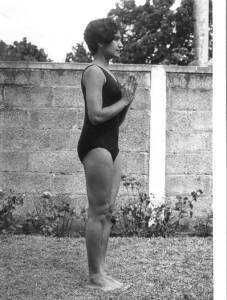
FIG 350 - Breathing in, raise arms above head. Lock fingers, turn palms up. (Palm tree) (Fig 351). Bend backwards.(Crescent) (Fig 352)
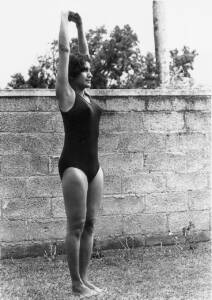
FIG 351 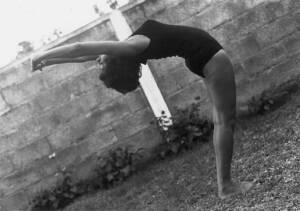
FIG 352
3. Breathing out, bend forwards, place palms on floor. (Stork) (Fig 353)
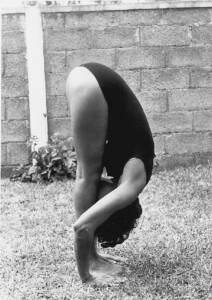
- Breathing in, send right leg behind.(Equestrian)(Fig 354)
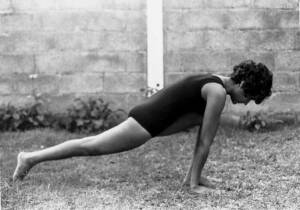
FIG 354 - Breathing out, raise head. (Equestrian) (Fig 355)
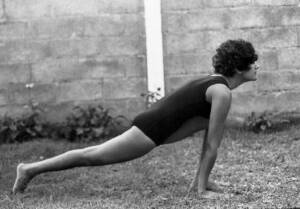
FIG 355 - Breathing in, raise arms up. (Crescent lunge) (Fig 356)
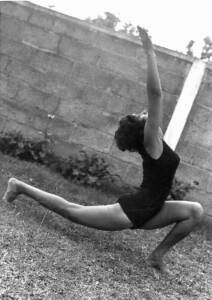
FIG 356 - Breathing out, lower arms, palms on floor. (Equestrian) (Fig 354)

FIG 354 - Breathing in, send left leg back, raise body. (Elephant) (Fig 357)
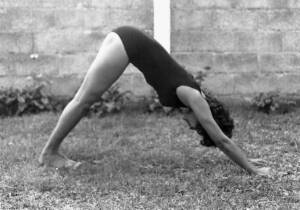
FIG 357 - Breathing out, plunge forward, body parallel to floor, (Log) (Fig 358).
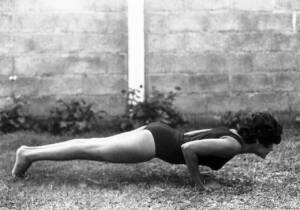
FIG 358 - Breathing in, raise trunk (Cobra). (Fig 359)

FIG 359 - Breathing out, raise body (Elephant). (Fig 357)

FIG 357 - Breathe in. Kneel down (Cat) (Fig 360).
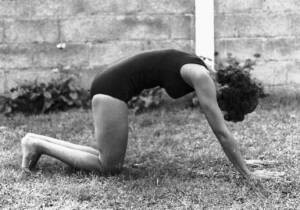
FIG 360 - Breathing out, rest chin and chest on floor. (Ashtanga) (Fig 361)
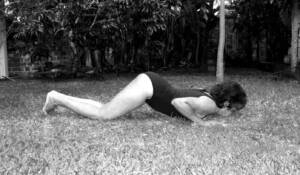
FIG 361 - Breathing in, raise trunk (Cobra). (Fig 362)
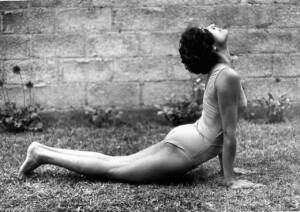
FIG 362 - Breathing out, raise body. (Elephant) (Fig357)

FIG 357 - Breathing in, send right leg forward. (Equestrian) (Fig 363)
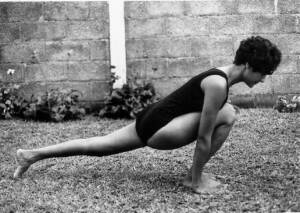
FIG 363 - Breathing out, raise head. (Equestrian) (Fig 364)
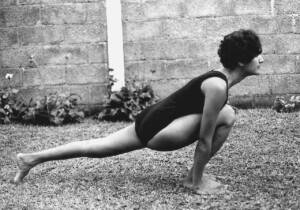
FIG 364 - Breathing in, raise arms up. (Crescent lunge) (Fig 365).
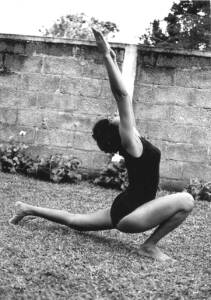
FIG 365 - Breathing out, lower arms, palms on floor. (Equestrian) (Fig 363)

FIG 363 - Breathing in, send right leg back. (Elephant) (Fig 357)

FIG 357 - Breathing out, plunge forward, body parallel to floor. (Log) (Fig 358).

FIG 358 - Breathing in, raise trunk (Cobra). (Fig 359)

FIG 359 - Breathing out, raise body. (Elephant) (Fig 357)

FIG 357 - Breathing in, kneel down (Cat) (Fig 360).
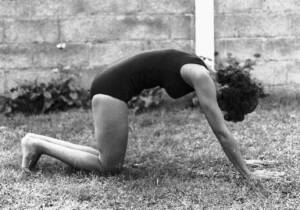
FIG 360 - Breathing out, rest chin and chest on floor. (Ashtanga) (Fig 361)

FIG 361 - Breathing in, raise trunk (Cobra). (Fig 362)

FIG 362 - Breathing out, raise body. (Elephant) (Fig 357)

FIG 357 - Breathe in, kneel down. (Cat) (Fig 360)

FIG 360 - Breathe out, sit on heels (Thunderbolt)(Fig 366)
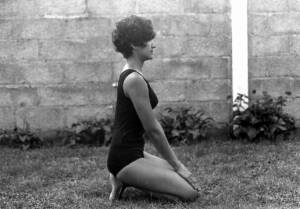
FIG 366 - Breathe in, raise arms. (Thunderbolt) (Fig 367)
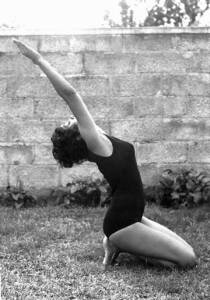
FIG 367 - Breathing out, bend forwards, stretch arms on floor. (Swan) (Fig 368)
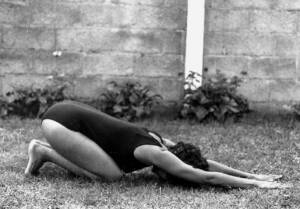
FIG 368 - Breathing in, raise body. (Elephant) (Fig 357)

FIG 357 - Breathing out, plunge forward, body parallel to floor. (Log) (Fig 358).

FIG 358 - Breathing in, raise trunk (Cobra) (Fig 359).

FIG 359 - Breathing out, raise body. (Elephant) (Fig 357)

FIG 357 - Breathing in. Kneel down (Cat) (Fig 360).

FIG 360 - Breathing out, rest chin and chest on floor (Ashtanga) (Fig 361)

FIG 361 - Breathing in, raise trunk (Cobra). (Fig 362)

FIG 362 - Breathing out, raise body. (Elephant) (Fig 357)

FIG 357 - Breathing in, first send right leg, then left leg in front to squat.(Squat) (Fig 369)
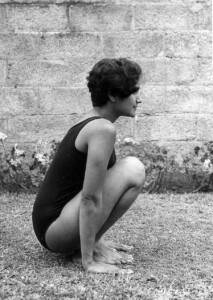
FIG 369 - Breathing out, straighten knees, raise body halfway. (Stork) (Fig 353)

FIG 353 - Breathing in, straighten up, hands folded. (Prayer pose) (Fig 350).

FIG 350 This completes one of the two sets that make up a complete Surya Namaskar.
- Relax, Corpse at least 5 minutes.
- Complete the second set, this time sending left leg behind first.
For those who cannot cope with two sets at a time there is no harm to perform one set one day and the other set, starting with the other leg the following day.
Tripod head stand II- Salamba Shirshasana II
Stage 2
- Kneel down. Place hands on floor either side of knees. (Fig 370)
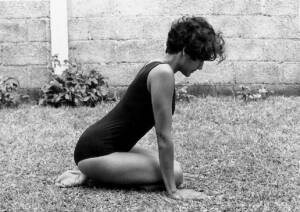
FIG 370 - Bend to rest crown of head on floor to form a triangle with hands. (Fig 371)
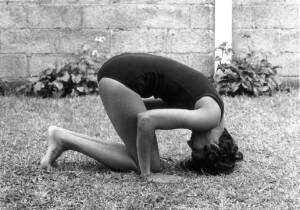
FIG 371 - Complete 3-5 breathing rounds.
- Breathing in, raise body. (Fig 372)

FIG 372 Take small steps forward (Fig 373)
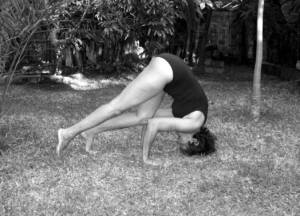
FIG 373 until trunk is perpendicular to floor (Fig 374)
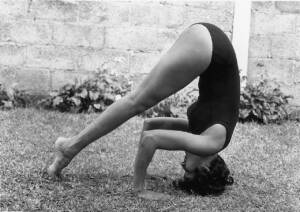
FIG 374 and legs rise off floor. (Fig 375)
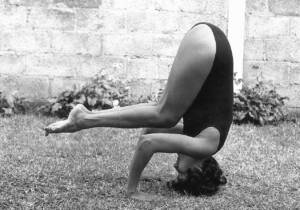
FIG 375 - Bend knees, toes pointing up. Breathe out. (Fig 376)
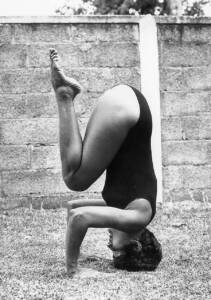
FIG 376 - Complete 1-2 breathing rounds.
- Raise thighs parallel to floor. (Fig 377)
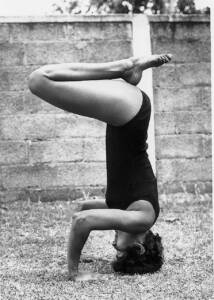
FIG 377 - Maintain posture. Complete 3-5 breathing rounds.
- Breathing out, keeping knees bent, slowly lower thighs to Fig 376.

FIG 376 - Breathing out, straighten knees. (Fig 375)

FIG 375 Lower legs to floor.(Fig 371)

FIG 371 - Sit back on heels. Rest forehead on hands. (Fig 378)
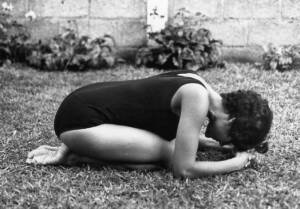
FIG 378 Complete 3-5 breathing rounds. Remember, we should never try to sit or stand up abruptly after head stand to avoid the risk of vertigo.
- Relax, corpse posture, 5 minutes.
MEDITATION
CORPSE POSTURE 5-10 minutes
